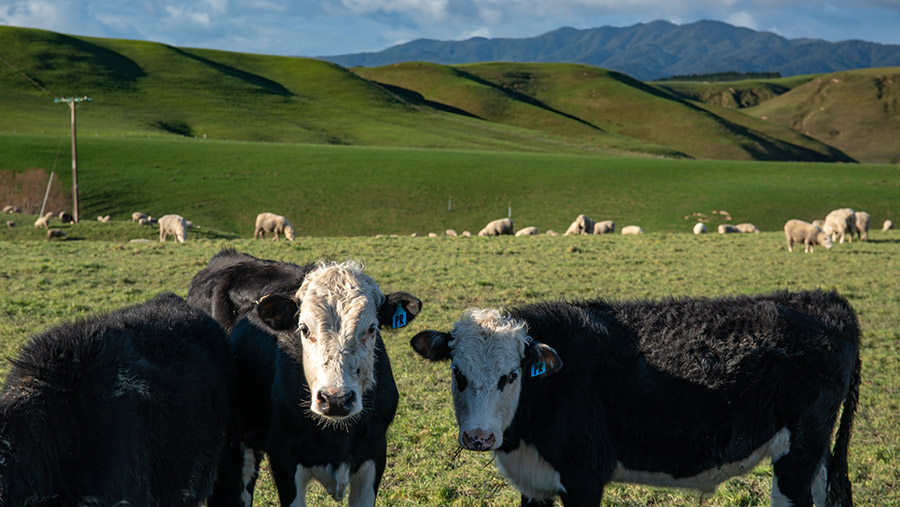Scientists clash over New Zealand beef and lamb carbon claims
 © Adobe Stock
© Adobe Stock The New Zealand government has clashed with a scientific paper funded by the country’s red meat levy body that claimed its sheep and beef farms are close to carbon neutral.
A report from the Ministry for the Environment says carbon sequestered on New Zealand’s beef and sheep farms is 63% lower than that stated in the peer-reviewed Auckland University of Technology (AUT) study that was published last year.
The ministry said this is because carbon losses from vegetation and drained soils were factored in and “more appropriate” sequestration rates for natural forest and scrub/shrub were used.
See also: New Zealand sheep and beef farms ‘close to carbon neutral’
How the figures compare
The AUT study, led by AUT applied ecologist Dr Bradley Case, and funded by Beef and Lamb New Zealand, estimated that woody vegetation on beef and sheep farms removed between 10,394-19,655 kilotonnes (Kt) of carbon equivalent/year.
This would offset 63-118% of the sector’s gross agricultural emissions, it said.
But ministry figures calculated the farms are a sink for only 5,487Kt of carbon equivalent/year. This accounts for just 33% of farm agricultural emissions.
‘We stand by the research’
Defending the AUT work, Beef and Lamb New Zealand chief executive Sam McIvor stressed that it was the importance of on-farm sequestration that was key, not the numbers.
Mr McIvor said: “We absolutely stand by Dr Case’s independently reviewed, robust and credible research.
“While there are differences in some of the methodologies the ministry used in their report – particularly their netting-off of all harvested forest that doesn’t take into account the replanting and additional new planting we know is happening – it reinforces the importance of on-farm sequestration.”
Mr McIvor added that:
- There is significant sequestration happening on sheep and beef farmland – even using a conservative approach, this is offsetting 33% of farm emissions.
- New Zealand’s red meat farmers have cut emissions by 30% since 1990.
- The 33% figure includes 1.4m hectares of native forest on farms that farmers can’t get recognition for in the Emissions Trading Scheme.
- The ministry report did not factor in replanting, used different forestry mapping approaches, and discounted small blocks of woodland creation, which can be significant across the sector.
Ministry methods
The ministry said its methods were consistent with Intergovernmental Panel on Climate Change (IPCC) guidelines and New Zealand’s National Greenhouse Gas Inventory.
The ministry concluded: “This report provides a robust and up-to-date estimate of the net emissions and removals occurring on sheep and beef farmland, using the best available current data.”
